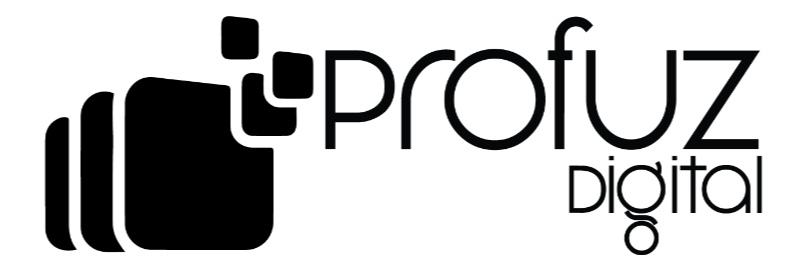Challenges M&E companies face today – Part III
Content is still KING – Content is a valuable asset – assets require a reliable asset management system
By CTO and Co-founder Kamen Ferdinandov
This brings us back to the essential purpose of all this activity in M&E and that is content. Content does still rule as king. Content and data are assets, and they need managing.
An “asset” is defined as any material that can be owned or controlled to produce value. It has positive economic value. Media assets are essentially graphics, videos, audio clips and files, animations maps, and other artistic materials and data that go into media, particularly interactive media such as video games.
Types of digital assets include, but are not exclusive to, photography, logos, illustrations, animations, audio-visual media, presentations, spreadsheets, word documents, electronic mails, websites, and a multitude of other digital formats and their respective metadata.
In today’s dynamic media world, information is everywhere and all around us. Media companies collect information and pass it on to their audience through various media channels – TV, Radio, print medias, social networks, etc. Therefore, the fundamental crucial challenge facing all companies in M&E is how all of this extensive vast amount of data can be organized and disseminated to the appropriate channels within a short space of time at minimal effort.
Too many different technology systems cause confusion and chaos
To organize vast amounts of data, film footage and content, companies tend to use different technological and software solutions. This is where the problem with communication and the exchange of information between the various software products arise. Companies I have seen use one system for media asset management, another entirely different system for customers, vendors and invoicing, and so forth. This is a profit-wasting and very poor time management exercise.
Using one powerful system that does everything, solves everything
This is where “LAPIS for Media and Broadcast” steps in as it can do it al – literally! Our Profuz LAPIS system plays various roles and consists of a host of benefits for various industries. It is a powerful solution in these key areas:
- Media/Digital Asset Management – You can organize your content with Profuz LAPIS – ingest, store, archive, review, approve, edit, and share your content. Post-production is one of the most complex areas of the business. You can keep your business up to date with Profuz LAPIS which was built to be seamlessly connected to external tools to adapt to any customized need.
- Production Management – Efficiently coordinate the various moving parts of your projects to save time and money. Profuz LAPIS helps you connect everyone, and everything involved to reduce errors and increase productivity. Manage equipment (vehicles, video, audio, lights, costumes, props), crews, castings, tasks, shooting locations, production/shooting schedule, and automate workflow.
- Playout Provider – Playout and uplink are critical and require well connected 24/7 support. Many prefer to outsource that part of the business in order to optimize costs, guarantee performance and focus on their core business. Playout service providers can greatly benefit from the ability of Profuz LAPIS to easily connect to different systems. Manage content of all your clients through a single interface.
- Multiplatform Content Delivery Management – Media companies can be empowered by Profuz LAPIS to manage the entire process from content-creation to publishing on social media platforms or media and playlist automations and enjoy reduced time to market. They can streamline multi-channel publishing and benefit from features like scheduling, assembling, approval, versioning and more.
- Intelligent search mechanism – Searching is a powerful feature of Profuz LAPIS that benefits media companies for fast and dynamic results.
Conclusion
The broadcasting world is traditionally conservative. My opinion is that in recent years the quality of mainstream channels dropped significantly. Many companies are effectively trying to replace human knowledge with technologies that are not quite ready yet just to lower costs. Therefore, either the technology in the years to come will improve and move closer to high-quality established standards, or alternatively, consumers will lower their expectations.
The challenge of how to cope with future change is to find technology solutions today that are user-friendly, malleable and future-proof to cope with tomorrow.
The systems that companies purchase need to be able to adapt to constantly changing business environments. Modern technologies are built on top of this understanding and are offering new SaaS business models and software and infrastructure.
Acquiring technology is a long-term investment. Having technology where features and functionalities can be added or removed without losing any information or costing any time to the organization is strategic and what forward-thinking technology like LAPIS offers.
The best solutions have everything within a single system making them capable of handling multiple content types and formats, tasks, workflows and processes. Profuz LAPIS achieves this goal by simplifying processes for the good of the organization as a whole, thereby allowing people to be more creative and do what they do best. It’s a WIN-WIN solution.
It is inspiring to see large media firms such as Belgium’s largest production company Videohouse, adopt our SubtitleNEXT platform. Look out for our recent article on The History of SubtitleNEXT to find out more.


